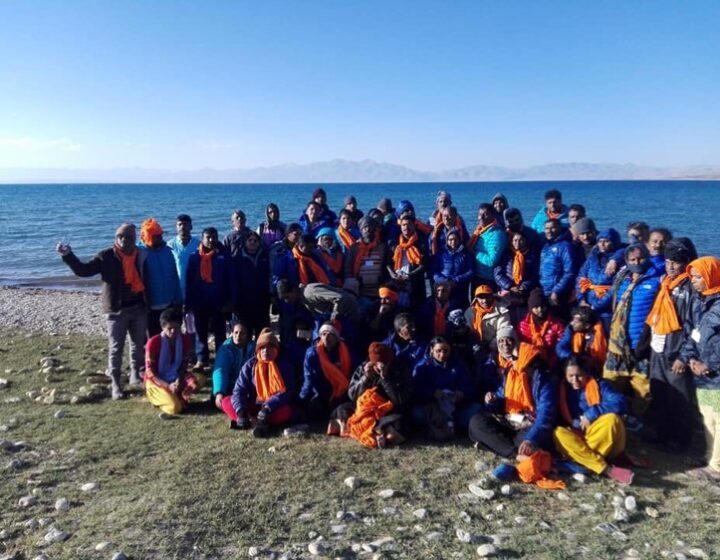Tibet, often referred to as the “Roof of the World,” is an autonomous region located in the heart of Asia. Situated on the Tibetan Plateau, it is surrounded by towering mountain ranges, including the Himalayas. Tibet is known for its unique culture, ancient Buddhist traditions, and awe-inspiring landscapes.
Buddhism plays a central role in Tibetan society, and monasteries such as the Potala Palace in Lhasa are iconic symbols of Tibetan Buddhism. The Dalai Lama, the spiritual leader of Tibetan Buddhism, has been an influential figure in the region.
Tibet’s geography is characterized by vast grasslands, snow-capped peaks, and sacred lakes. Mount Everest, the highest peak in the world, lies on the border between Tibet and Nepal. The region is also home to the Tibetan Plateau, the largest and highest plateau on Earth.
Tibet has a tumultuous history, marked by periods of independence and political integration with China. The Chinese government currently exercises control over Tibet, and there have been ongoing discussions and debates regarding Tibet’s autonomy and human rights issues.
Despite these challenges, Tibet continues to captivate visitors with its spiritual aura, stunning landscapes, and traditional way of life. Travelers to Tibet can witness ancient monasteries, participate in religious festivals, and explore the rugged beauty of the Tibetan Plateau.
In summary, Tibet remains a place of fascination and spiritual significance, offering a glimpse into a distinct culture, breathtaking natural beauty, and a complex socio-political history.


